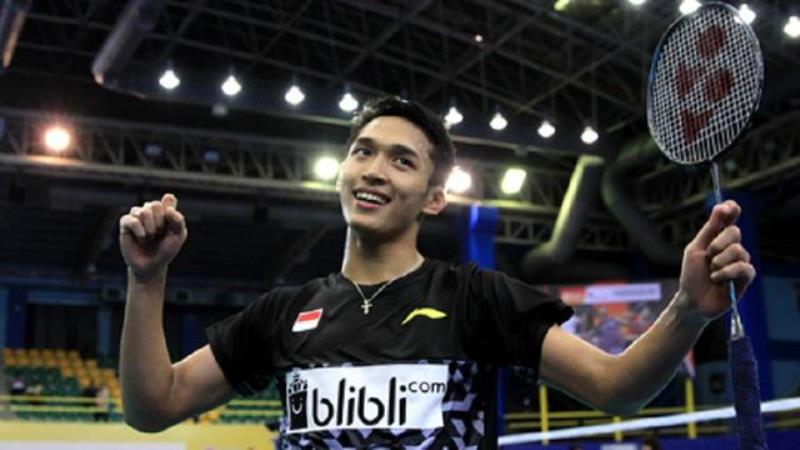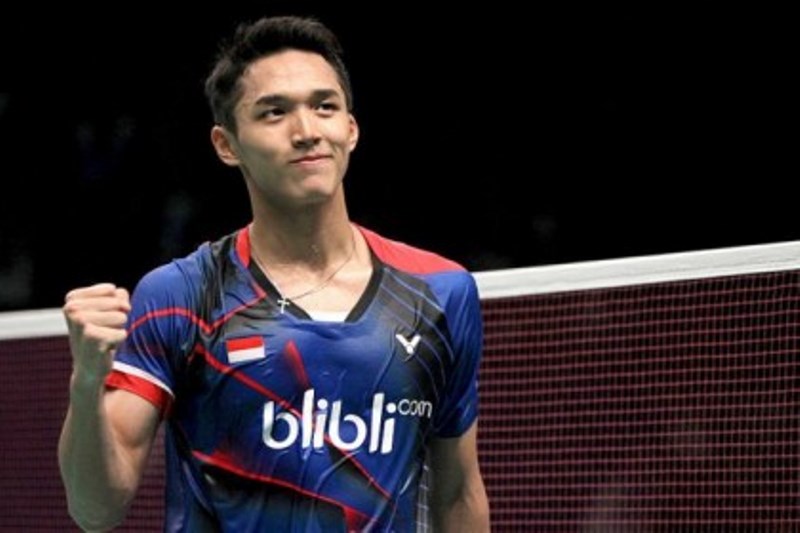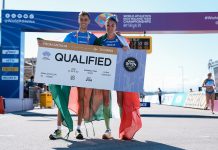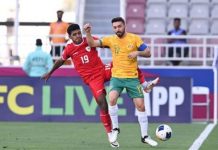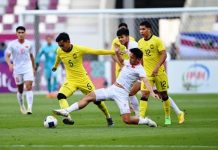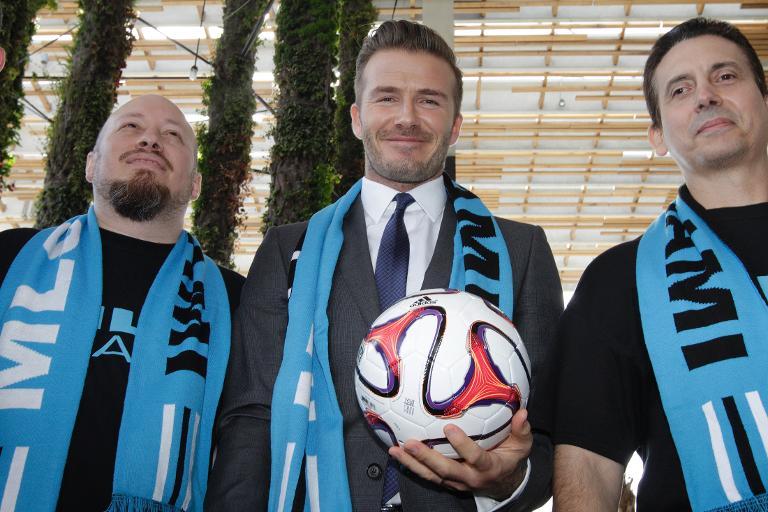With the World Match Racing Tour heading towards a two hulled future, so five time ISAF World Champion Ian Williams and his GAC Pindar team are the latest recruits to the M32 class.
The British skipper was only united with his brand new boat on Tuesday and launched straight into competing in last week’s ‘Battle of Helsinki’, the fourth event on the M32 Scandinavian Series.
At the close of play in the Finnish capital yesterday, GAC Pindar finished in an uncharacteristic last place, albeit not unexpected given the newness to the M32 of Williams and his crew, that included British multihull legend Mark Bulkeley.
While not as accomplished on two hulls as some of his competitors, Williams is nonetheless an experienced catamaran sailor having sailed the hard yards as skipper of the GAC Pindar boat on the Extreme Sailing Series.
“The noticeable difference is that the M32 turns and manoeuvres a lot better than the Extreme 40,” says Williams of the difference between his old and new boats. “So the result is actually much closer racing – that’s been quite an eye opener for me.”
For a boat without a headsail to help pull the bow through the wind, this might seem surprising.
“The boat is balanced, with curved boards and more buoyancy in the bow,” Williams continues. “An Extreme 40 is better to tack for sure – but a good tack in the M32 isn’t too much worse. There is the danger of getting caught in irons, especially if you hit some chop or if you’re not quite up to speed before you tack or you’re not set up quite right. We had one where the cleat caught and so the traveller didn’t go down out of a tack properly – there are lots of things that have to work for the tacks to go well.”
As Williams observes with some skill, practice and technique, tacking a una rigged catamaran can be done as well as a catamaran with a jib. “As long as you get through the wind and get out the other side with some speed still on, then the boat’s reasonably well balanced. I’m sure people are trying to improve their techniques.”
Otherwise the M32 has demonstrated the usual attributes of a boat that accelerates (and decelerates) well. As Williams states: “It’s not enough to get a good start and a good first run and round the gate in the top two or three, because all the boats behind stay very close. You’ve really got to be on your game for the whole race.
“And any small mistake ends up being very costly. In one two lap race we had one beat where we passed three boats coming into the top mark of the second beat just before the finish. But we also had a race where the opposite happened! So it’s providing really close racing.”
Obviously one significant reason why Williams has taken to the M32 is to get some practice in on the boat that is set to become the vessel of choice for the World Match Racing Tour.
“I haven’t done any match racing in it yet, so I’m interested to see how it goes,” says Williams. “But the fleet racing we’ve done has remained quite close and I think that’s a positive sign. One of the concerns with match racing in multihulls is that one boat can pull out a huge lead and the race can become quite boring after that. But provided both boats get off the line okay the race should remain close and I think there will be more opportunities to pass.
“The other thing with the racing we’re doing here [in Finland] – the upwind gates keep the racing a lot closer because it gives the boats behind an opportunity to do one more tack but not necessarily two more tacks, so it’s not quite so expensive. If we have that system with the match racing I think there’s a good chance the racing can stay close and open to the end.”
As getting going again in a catamaran that is stalled and in irons takes substantially longer than it does in a monohull, Williams thinks a move to America’s Cup-style courses with, in particular reaching, rather than upwind, starts to be the way to go match racing the M32s – as they do for the fleet racing on the M32 Scandinavian Series. “You can do upwind starts, but I think that there is a bigger risk of one boat getting away and one boat being left. It still could happen with the reaching starts, but I think less likely.”
From Helsinki, Williams and his GAC Pindar team move on to Stockholm, and the final event on the M32 Scandinavian Series, starting this Thursday 10th of September. In this Williams hopes to step up from the bottom rung of the ladder, but points out: “Really the goal of these two events is just to learn what’s going to be required so I can decide what crew I need and what program I need.”
Ultimately, the shift to M32 high-performance catamarans on the World Match Racing Tour has increased the interest for the ISAF World Championship. As a result, this has transformed the M32 Series as a training ground for skippers and teams to gain valuable experience in the boat with their eyes firmly on the World Match Racing Tour championship prize of USD1million starting in 2016.










